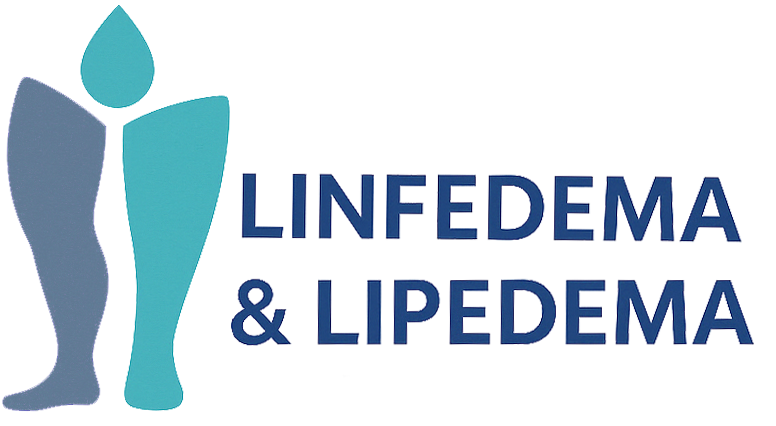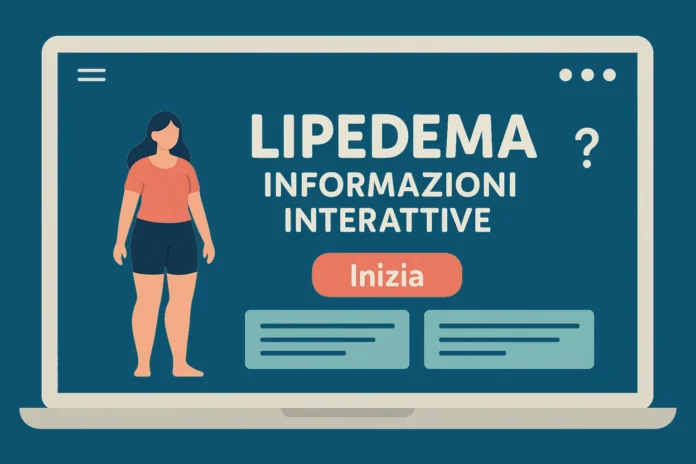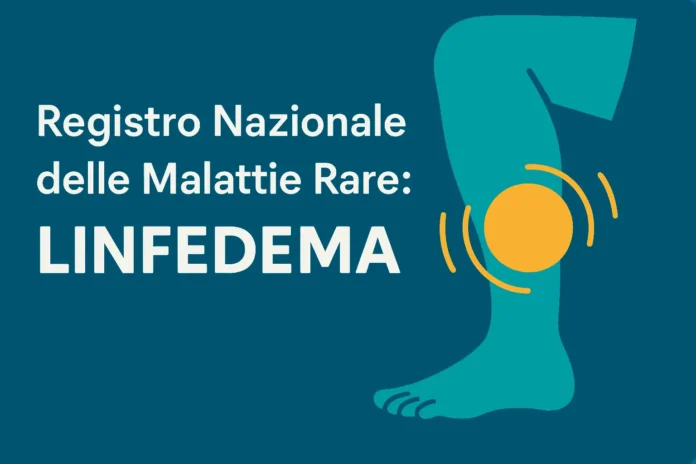Authors & affiliations:
Ewa A. Burian, Tonny Karlsmark, Susan Nørregaard, Christine J. Moffatt — Dept Dermato-Venereology & Wound Healing Centre, Bispebjerg Hospital, Denmark · Peter J. Franks — Centre for Research & Implementation in Clinical Practice (CRICP), London, UK · Pinar Borman — Ankara Medipol University, Turkey · Isabelle Quéré — CHU Montpellier, France · Vaughan Keeley — University Hospitals Derby & Burton, UK · Junko Sugama — Fujita Health University, Japan · Marina Cestari — Pianeta Linfedema Study Centre, Italy
The LIMPRINT dataset captured 2 160 patients with upper-limb lymphoedema across ten countries to explore cellulitis episodes over the preceding 12 months. Eleven percent reported at least one bout, and 28 % of these required hospitalisation. Log-binomial regression, adjusted for age, BMI and diabetes, revealed three independent risk factors: swelling duration > 5 years (RR 1.7), International Society of Lymphology stage III (RR 2.1) and “poor control” (operator-defined as > 10 % volume rebound or inconsistent bandaging, RR 1.9). Conversely, a structured self-management package—compression ≥ 12 h/day, daily skin care and monthly physiotherapy—halved risk (RR 0.52).
The creative insight is quantifying, on a multicultural scale, “oedema control” as the most modifiable predictor of cellulitis, outweighing BMI or chemotherapy. The authors propose a preventive checklist for clinical registries: skin surveillance, interface-pressure readings, adherence tracking, vaccinations and a home emergency antibiotic plan. Findings support auditing cellulitis rates as a quality indicator in lymphology centres and set the stage for trials of 24/7 compression protocols to curb hospital admissions.
Tags: Cellulitis; Chronic edema; Lymphedema; Lymphoedema; Breast cancer; Erysipelas




